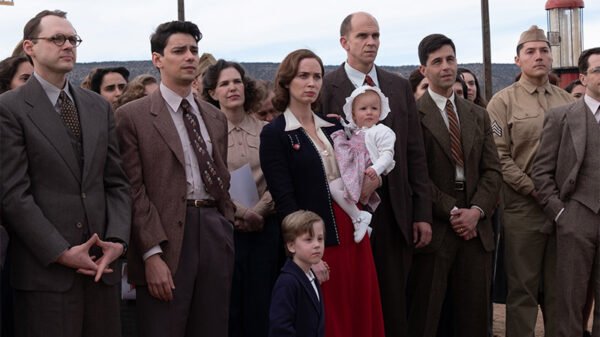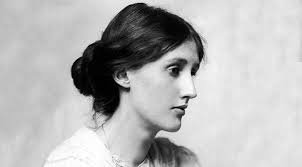Virginia Woolf, a pioneering figure in the realm of modernist literature, left an indelible mark on the literary landscape of the 20th century. With her innovative narrative techniques, introspective prose, and keen insights into the human condition, Woolf revolutionized the way we think about the novel and its possibilities. This article explores the life, works, and enduring legacy of Virginia Woolf, shedding light on her contributions to literature and her lasting influence on future generations of writers.
Early Life and Influences:
Born Adeline Virginia Stephen on January 25, 1882, in London, England, Virginia Woolf came of age in a highly literary and intellectually stimulating environment. As the daughter of Sir Leslie Stephen, a prominent literary figure and editor, and Julia Prinsep Duckworth Stephen, a renowned Pre-Raphaelite model, Woolf was exposed to the world of literature and art from a young age. Despite experiencing the loss of her mother at the tender age of 13 and grappling with bouts of mental illness throughout her life, Woolf’s formative years laid the groundwork for her future career as a writer.
Literary Career and Major Works:
Virginia Woolf’s literary career began in earnest in the early 20th century, as she emerged as a central figure in the Bloomsbury Group, a collective of writers, artists, and intellectuals who sought to challenge conventional norms and explore new artistic possibilities. Woolf’s early novels, including “The Voyage Out” (1915) and “Night and Day” (1919), showcased her talent for vivid characterization and acute psychological insight. However, it was with the publication of “Mrs. Dalloway” (1925) and “To the Lighthouse” (1927) that Woolf solidified her reputation as a groundbreaking modernist writer. These works, characterized by their stream-of-consciousness narration and innovative narrative structures, marked a departure from traditional storytelling conventions and established Woolf as a leading voice in the literary avant-garde.
Themes and Style:
Central to Virginia Woolf’s body of work are recurring themes of memory, identity, time, and the fluidity of consciousness. Through her exploration of interior monologue and shifting perspectives, Woolf sought to capture the fleeting impressions and inner thoughts of her characters, illuminating the complexities of human experience in the process. Her prose style, marked by its lyricism, sensitivity, and attention to detail, continues to captivate readers with its evocative imagery and emotional depth. Whether delving into the inner lives of her characters or reflecting on the passage of time and the nature of existence, Woolf’s writing remains as relevant and compelling today as it was during her lifetime.
Feminism and Social Commentary:
In addition to her contributions to modernist literature, Virginia Woolf was also a trailblazing feminist and social critic who challenged the prevailing attitudes towards gender, sexuality, and class in early 20th-century Britain. In works such as “A Room of One’s Own” (1929) and “Three Guineas” (1938), Woolf argued passionately for women’s rights and autonomy, advocating for greater access to education, economic independence, and creative freedom. Her insights into the social and political dynamics of her time continue to resonate with contemporary readers, inspiring ongoing discussions about gender equality and social justice.
Legacy and Influence:
Virginia Woolf’s influence extends far beyond the realm of literature, shaping the way we think about art, gender, and the human experience. Her innovative narrative techniques and profound insights into the complexities of consciousness have inspired generations of writers, scholars, and artists across disciplines. From the stream-of-consciousness novels of James Joyce and William Faulkner to the feminist critiques of Simone de Beauvoir and Betty Friedan, Woolf’s legacy looms large in the annals of 20th-century intellectual history. Moreover, her advocacy for women’s rights and her unapologetic embrace of female creativity have paved the way for future generations of women writers to claim their voices and assert their place in the literary canon.
Conclusion:
In conclusion, Virginia Woolf stands as a towering figure in the pantheon of literary giants, whose innovative approach to narrative and profound insights into the human condition continue to captivate readers around the world. From her early novels to her groundbreaking feminist essays, Woolf’s body of work remains as relevant and resonant today as it was during her lifetime. As we celebrate her contributions to literature and honor her enduring legacy, we are reminded of the transformative power of art to illuminate the inner workings of the human mind and inspire us to see the world anew. Virginia Woolf’s voice may have been silenced, but her words continue to echo through the corridors of time, beckoning us to explore the depths of our own consciousness and embrace the beauty and complexity of the human experience.
















































